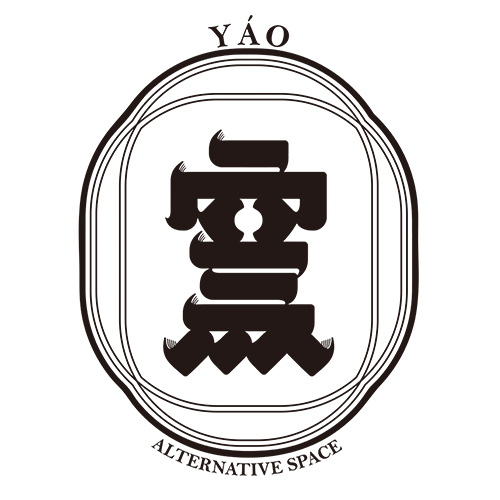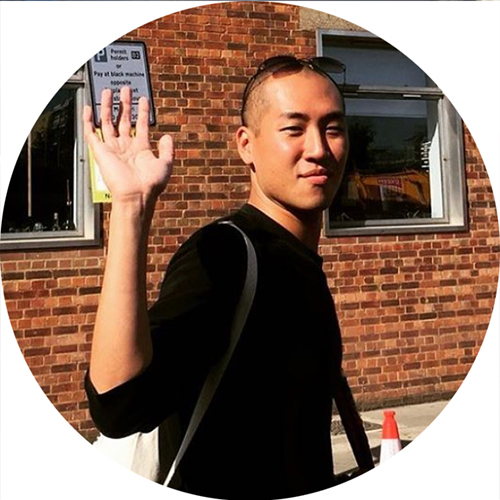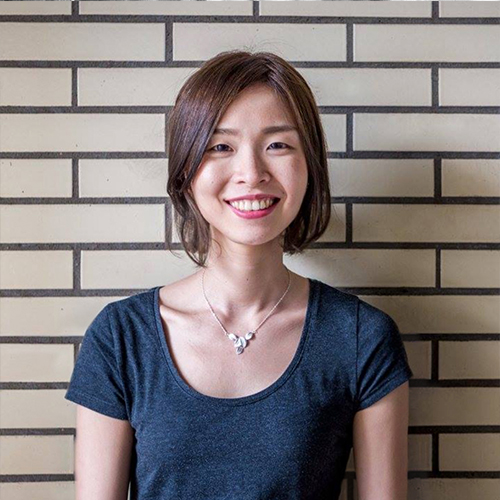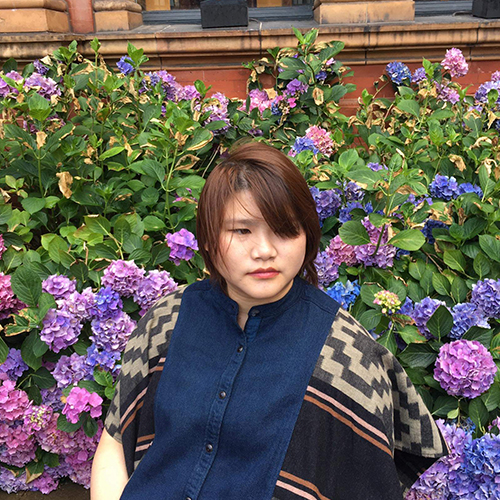🙀
This content is not available in your language (English)
Introduction
Exhibition
都是門的走廊 - The Hallway with Doors
Curator
窯座 Yao Alternative Space
Duration
2021-10-09 ~ 2021-10-31
Venue
當代一年展線上展間
Related Links
Explore Works
more worksAbout Curation
more description
窯座
窯座 Yao Alternative Space

Artist
吳宣翰 Hsuan-Han, WU

Artist
吳迺菲 Wu Nai Fei

Artist
盧惟中 Lu Wei Chun















